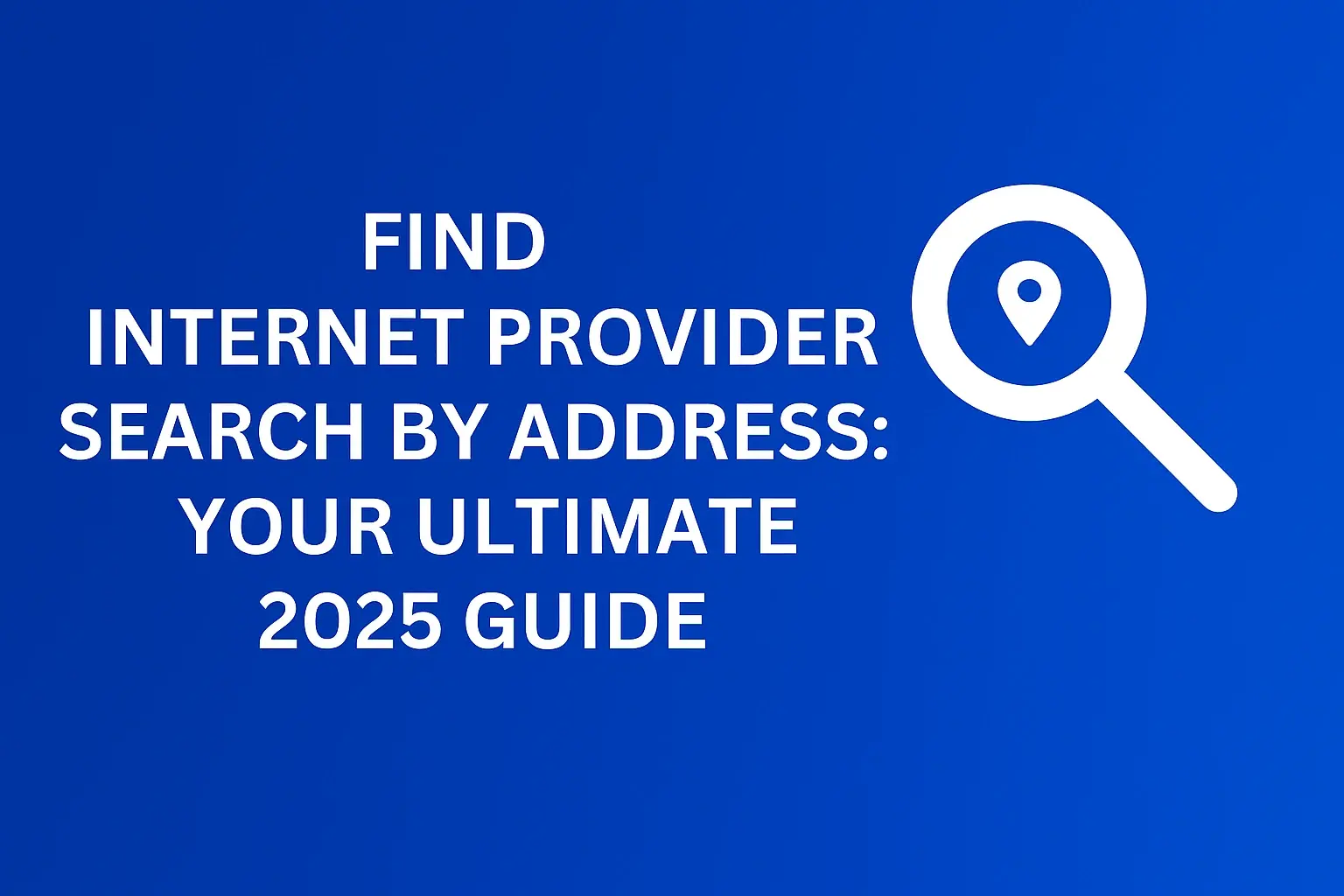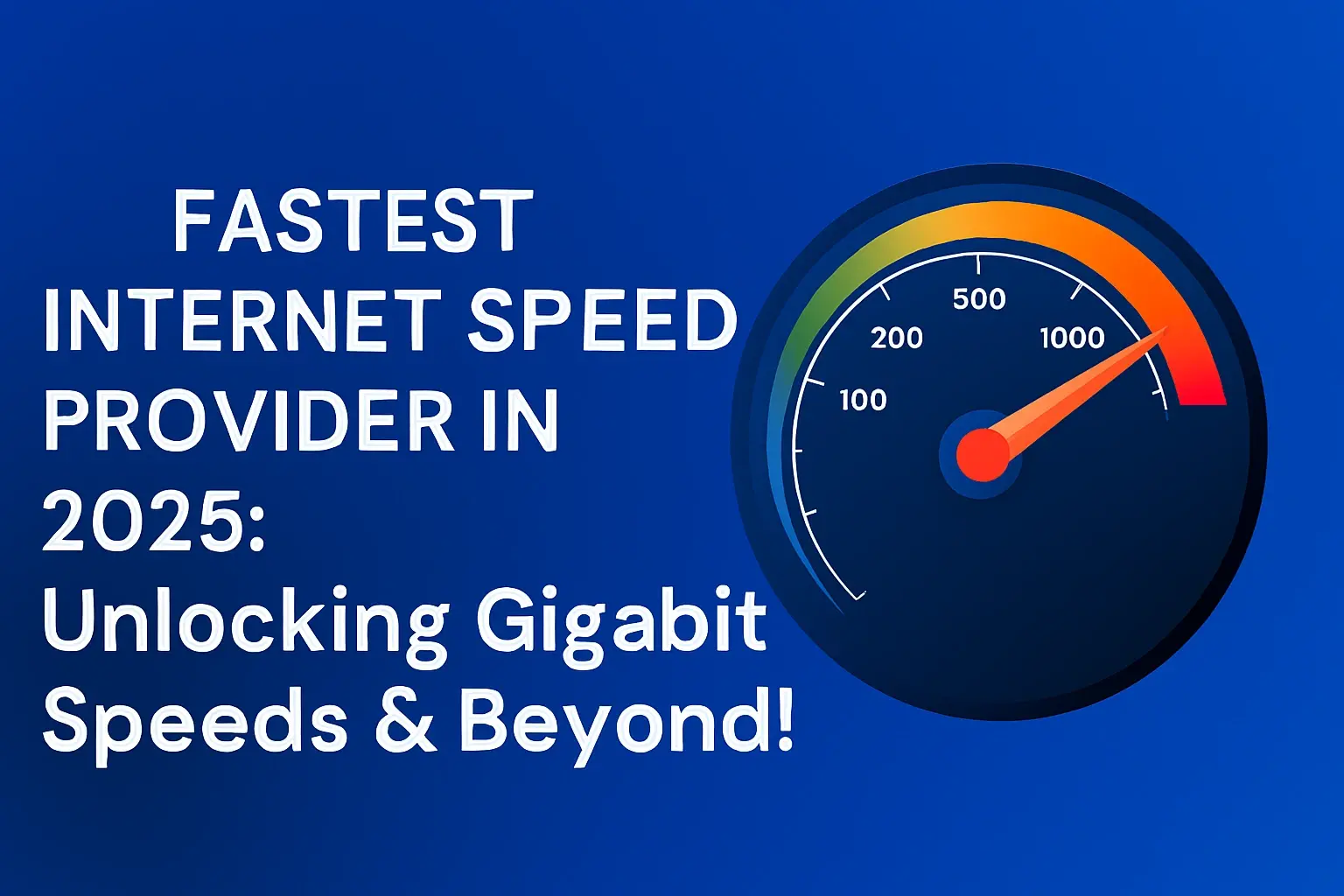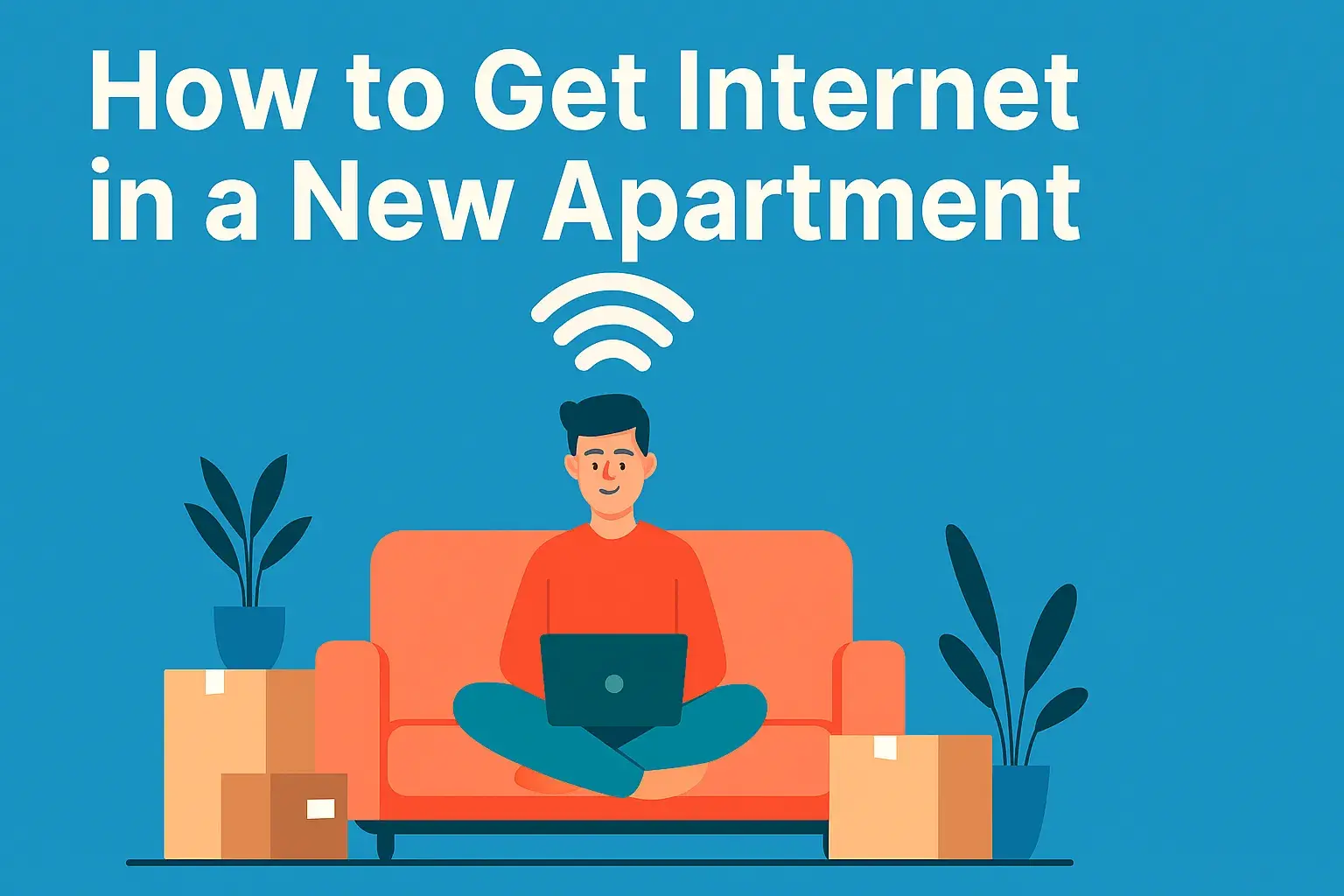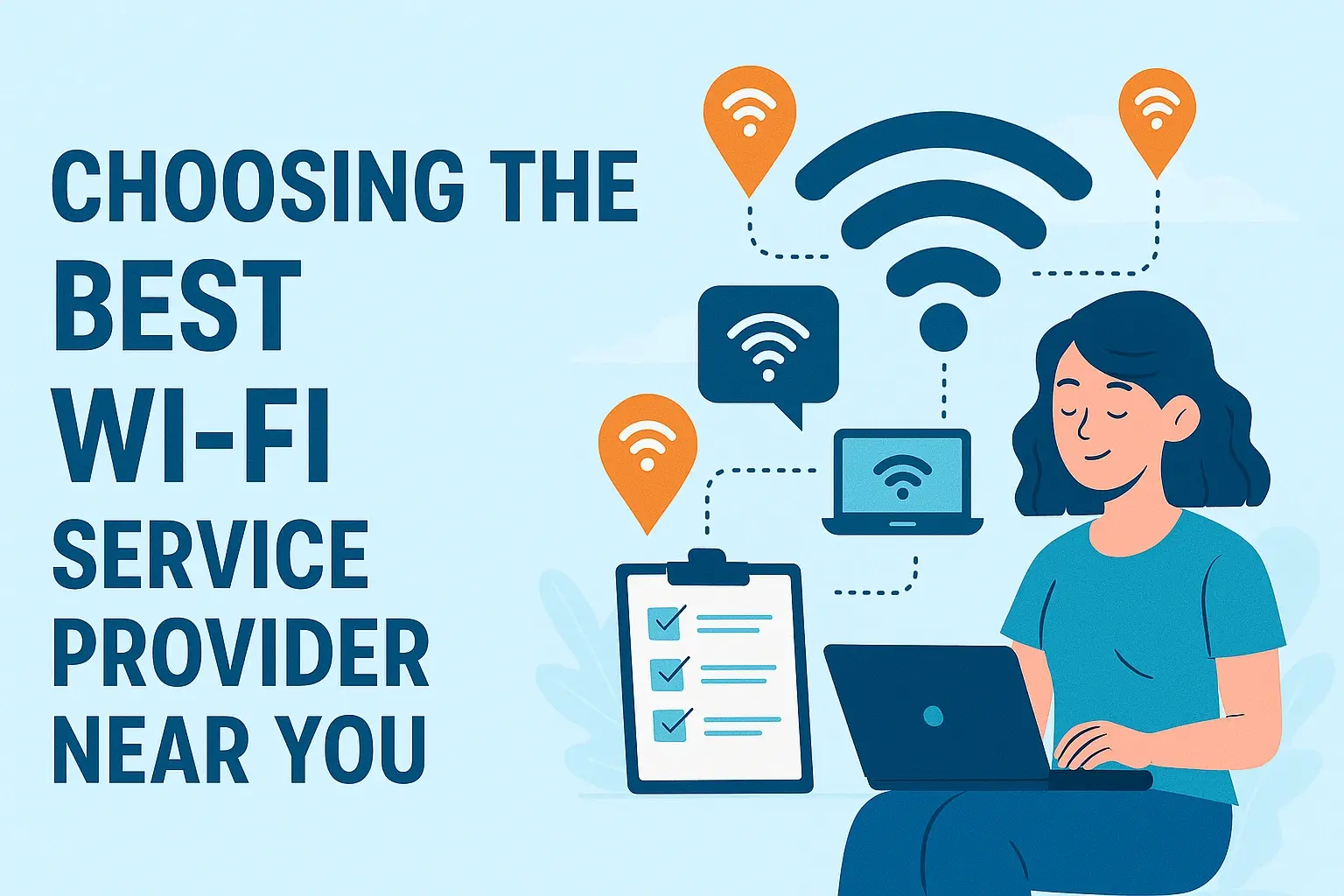Best Internet Provider in 2025: A Comprehensive Guide to Choosing the Right ISP
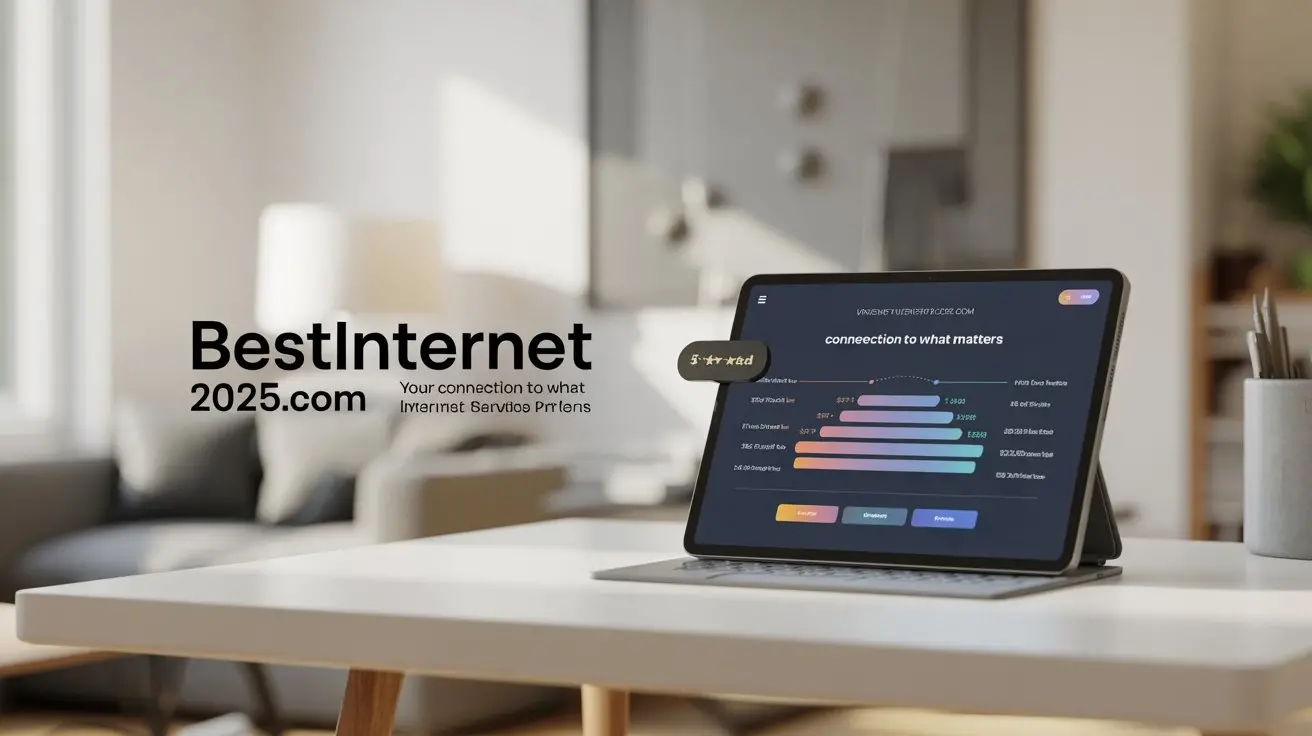
Choosing the best internet provider in 2025 can feel overwhelming with the plethora of options available. Whether you're streaming 4K movies, working from home, or gaming online, a reliable and fast internet connection is essential. In this guide, we’ll break down the top internet service providers (ISPs) based on speed, reliability, pricing, and customer satisfaction to help you make an informed decision.
Why Choosing the Right ISP Matters
Your internet provider impacts everything from your ability to stream without buffering to the efficiency of your remote work setup. A poor ISP can lead to frequent outages, slow speeds, and frustrating customer service experiences. On the other hand, a top-tier provider offers fast, reliable connections and excellent support, ensuring your online activities run smoothly.
In 2025, fiber-optic internet is the gold standard, offering unmatched speed and reliability. However, cable, 5G home internet, and satellite options also have their place, depending on your location and needs. Let’s dive into the top ISPs and what makes them stand out.
Top Internet Providers in 2025
1. Google Fiber: The Speed and Value Champion
Google Fiber continues to dominate as the best overall ISP in 2025, earning top marks for speed, reliability, and value. With symmetrical upload and download speeds ranging from 1,000 Mbps to 8,000 Mbps, it’s ideal for households with heavy internet usage. Plans start at $70 per month with no data caps, no contracts, and no hidden fees.
Pros:
Blazing-fast symmetrical speeds
Unlimited data and no contracts
High customer satisfaction scores
Cons:
Limited availability (only 45+ cities in 19 states)
Best For: Urban households needing ultra-fast internet for streaming, gaming, and remote work.
2. Verizon Fios: Reliability in the Northeast
Verizon Fios is a top choice for those in the Northeast, offering fiber-optic plans with speeds from 300 Mbps to 2,000 Mbps. Starting at $50 per month, Verizon Fios provides unlimited data, no contracts, and frequent promotional perks like gift cards or streaming subscriptions. Its reliability and customer service are highly rated, making it a strong contender.
Pros:
Excellent reliability and customer service
Competitive pricing with promotional offers
Symmetrical speeds for uploads and downloads
Cons:
Primarily available in the Northeast
Higher-tier plans can be pricey
Best For: Northeast residents seeking a reliable fiber connection.
3. AT&T Fiber: Nationwide Fiber Coverage
AT&T Fiber boasts one of the largest fiber networks in the U.S., covering 21 states with speeds up to 5,000 Mbps. Plans start at $55 per month, offering unlimited data and no price hikes after the first year. AT&T’s cost-per-Mbps is among the best, making it a great value for high-speed plans.
Pros:
Wide fiber availability
Competitive pricing and no price increases
High-speed plans for large households
Cons:
Mixed customer reviews for reliability
DSL options are slower and less reliable
Best For: Southern and Midwestern households needing widespread fiber access.
4. Xfinity: Best for Cable Internet
For those without fiber access, Xfinity by Comcast is the top cable ISP, offering speeds up to 2,000 Mbps starting at $30 per month. Xfinity’s widespread availability and bundling options (internet, TV, and mobile) make it a versatile choice. However, watch out for price hikes after promotional periods and data caps on some plans.
Pros:
Wide availability across the U.S
High speeds for cable internet
Attractive bundling options
Cons:
Data caps on some plans
Price increases after 12 months
Best For: Budget-conscious users in areas without fiber.
5. T-Mobile 5G Home Internet: Best for Rural Areas
T-Mobile’s 5G Home Internet is a game-changer for rural and suburban areas, offering speeds from 87 to 415 Mbps for $50 per month (with discounts for T-Mobile mobile customers). It’s contract-free, includes unlimited data, and requires no professional installation, making it a flexible option.
Pros:
Wide availability, including rural areas
Simple setup and no contracts
Affordable pricing with discounts
Cons:
Slower speeds compared to fiber or cable
Performance varies by location
Best For: Rural households with limited wired options.
How to Choose the Best Internet Provider
Finding the right ISP depends on your specific needs and location. Here are key factors to consider:
Availability: Enter your zip code on provider websites to confirm service availability. Fiber is ideal but limited; cable and 5G are more widespread.
Speed: Assess your household’s needs. Basic browsing requires 25–100 Mbps, while streaming and gaming need 100–1,000 Mbps or more.
Pricing: Look for transparent pricing with no hidden fees. Compare promotional rates and long-term costs.
Reliability: Check customer reviews and outage logs (e.g., from HighSpeedInternet.com) to gauge network stability.
Customer Service: Providers like Verizon and Google Fiber score high for support, while larger ISPs like Xfinity may have mixed reviews.
Emerging Trends in 2025
The internet landscape is evolving rapidly. Fiber providers like Google Fiber and Brightspeed are expanding, offering multi-gigabit speeds. Cable ISPs are adopting DOCSIS 4.0 for faster connections, though they lag behind fiber. 5G home internet from T-Mobile and Verizon is growing, providing viable alternatives in underserved areas. Additionally, customer satisfaction is improving, with ISPs responding to demands for better pricing and reliability.
Conclusion
In 2025, Google Fiber stands out as the best internet provider for its unmatched speed, value, and customer satisfaction, though its limited availability means Verizon Fios, AT&T Fiber, Xfinity, or T-Mobile 5G Home Internet may be better for some. By evaluating your location, speed needs, and budget, you can find the perfect ISP to keep you connected.
Ready to upgrade your internet? Check provider availability in your area and compare plans to find the best deal.
Call (855) 210-8883 to get the best internet deals and offers now!

